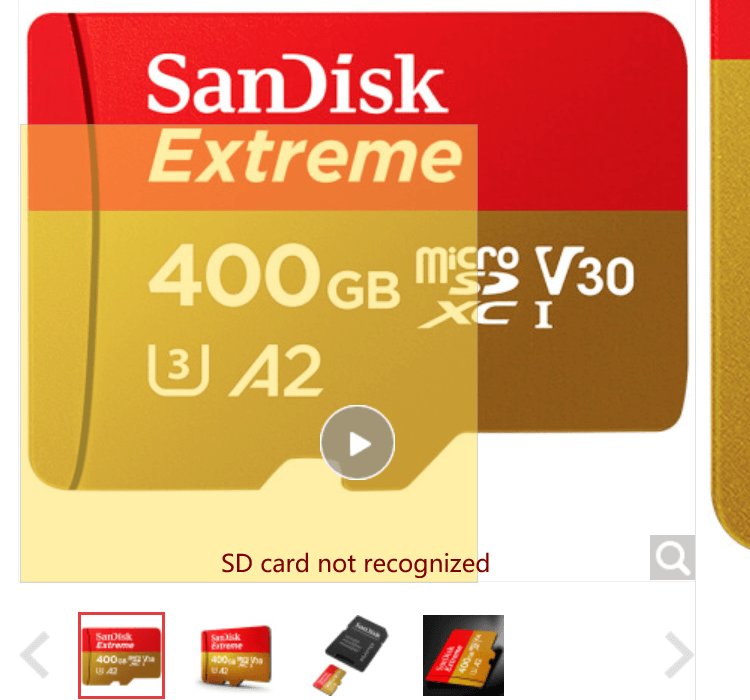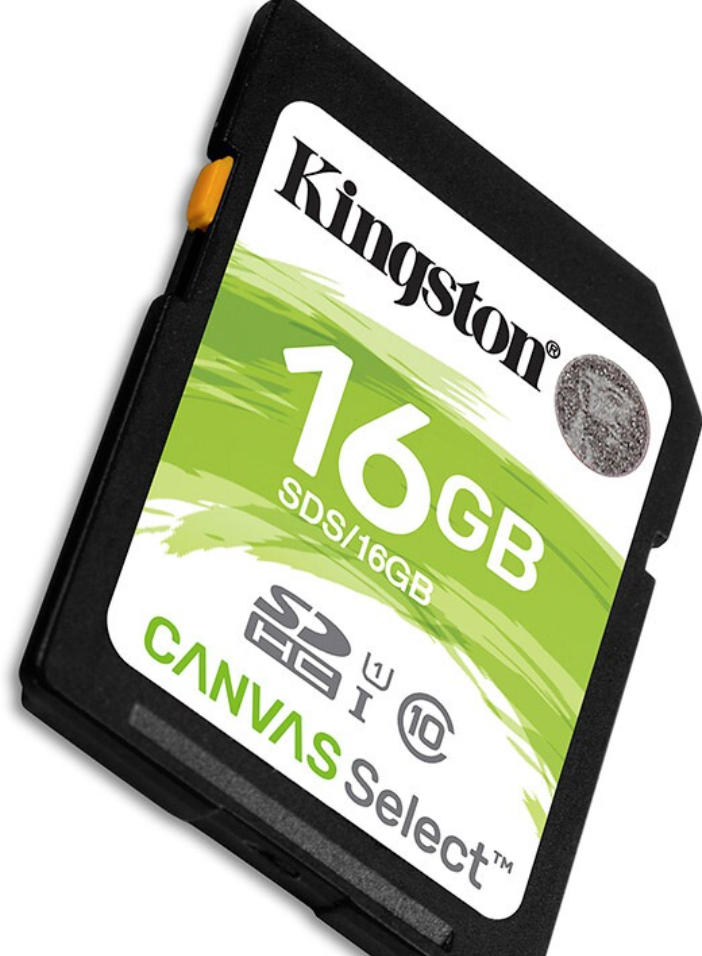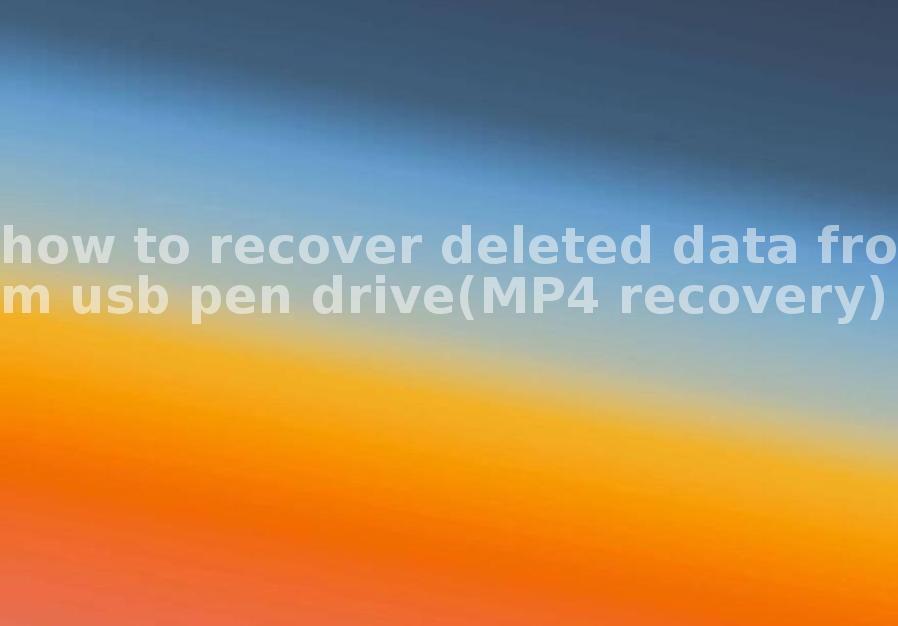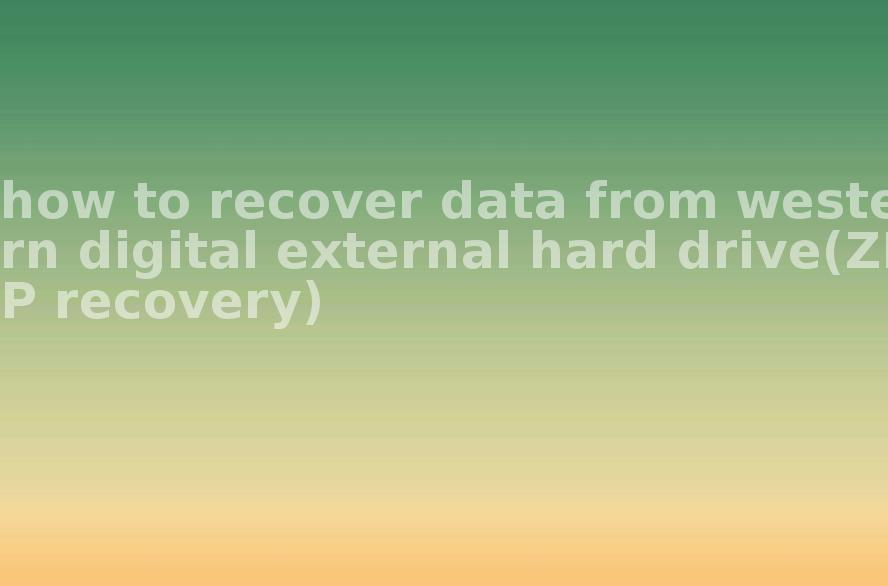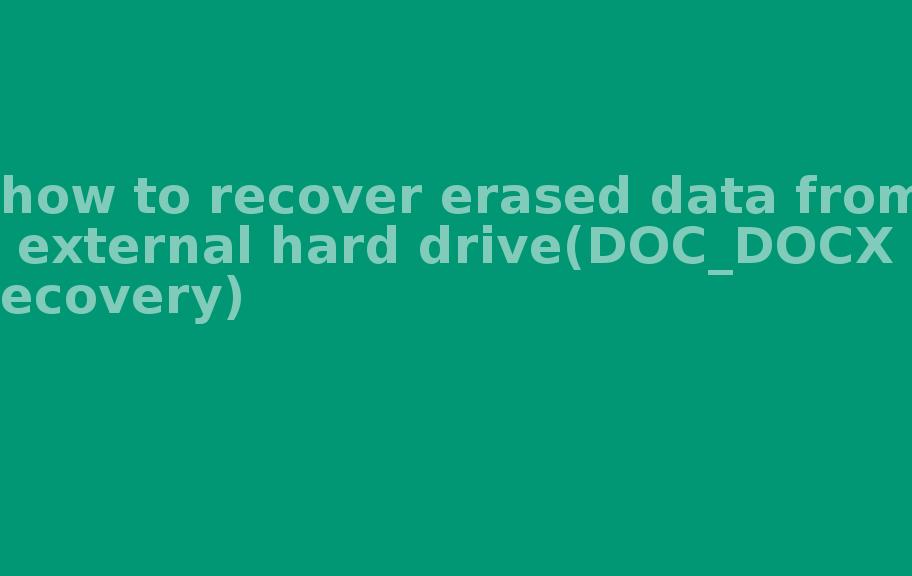how to recover data from usb and external hard drive(HTML_HTM recovery)
2023-10-19 22:42 115
Part I: Overview of the context in which the document was recovered
When it comes to recovering data from a USB or external hard drive, it is crucial to understand the context and environment in which the recovery process takes place. Here are a few examples of situations in which you may need to recover HTML or HTM files:
1. Accidental Deletion: You might have unintentionally deleted important HTML or HTM files from your USB or external hard drive. This can happen due to human error, system glitches, or accidental formatting.
2. File System Corruption: A USB or external hard drive can suffer from file system corruption, rendering the HTML or HTM files inaccessible. File system corruption can occur due to improper ejection, power failures, or malware infections.
3. Physical Damage: USB drives and external hard drives are vulnerable to physical damage. If the storage device experiences physical trauma like dropping, water damage, or exposure to extreme temperatures, it may result in data loss, including HTML or HTM files.
Part II: Causes of data loss
Understanding the causes of data loss is essential to prevent future occurrences. Here are a few common causes:
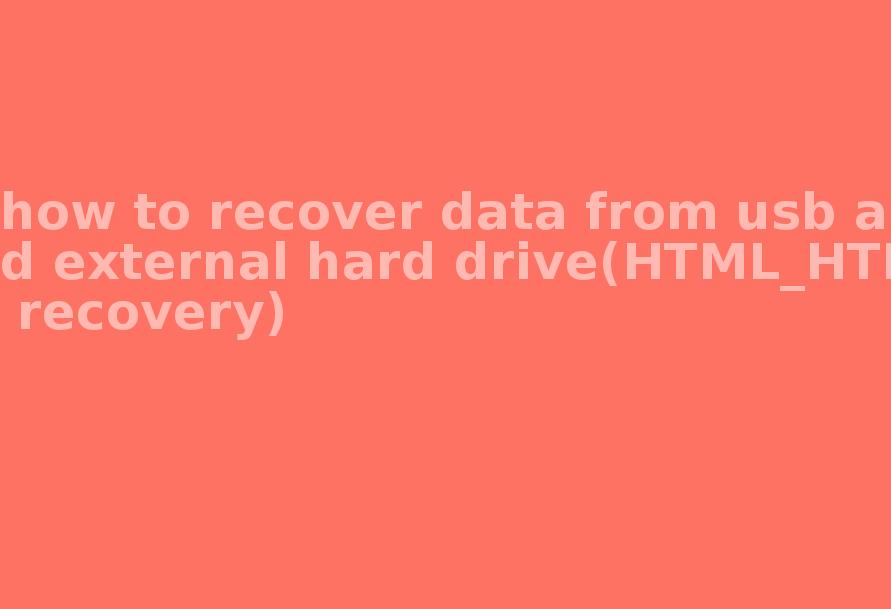
1. Human Error: Accidental deletion, formatting, or overwriting files are common human errors that can lead to data loss.
2. Hardware Failure: USB drives and external hard drives are prone to hardware failure over time. This can include issues with the disk mechanism, controller board, or connector, leading to data loss.
3. Software Issues: System or software crashes, malware infections, or software conflicts can cause data loss or corruption on storage devices.
Part III: Solutions for data recovery
To recover HTML or HTM files from a USB or external hard drive, follow these steps:
1. Stop using the USB or external hard drive immediately to prevent further data loss.
2. Use a reliable data recovery software like EaseUS Data Recovery Wizard, Recuva, or Disk Drill. Install the software on your computer and connect the USB or external hard drive.
3. Launch the data recovery software and scan the USB or external hard drive for lost HTML or HTM files. Select the desired file types for recovery.
4. After the scan, the software will display a list of recoverable files. Preview the HTML or HTM files to ensure their integrity and select the files you want to recover.
5. Choose a specific location on your computer to save the recovered HTML or HTM files. Avoid saving them back to the USB or external hard drive from which they were lost to prevent overwriting.
6. Once the recovery process is complete, you can access and use your recovered HTML or HTM files.
Part IV: Types of other files that can be recovered
Apart from HTML and HTM files, data recovery software can help recover various file types, including:
1. Documents: Word documents, PowerPoint presentations, Excel spreadsheets, PDF files, etc.
2. Images: JPEG, PNG, GIF, RAW files, etc.
3. Videos: MP4, AVI, MOV, MKV, etc.
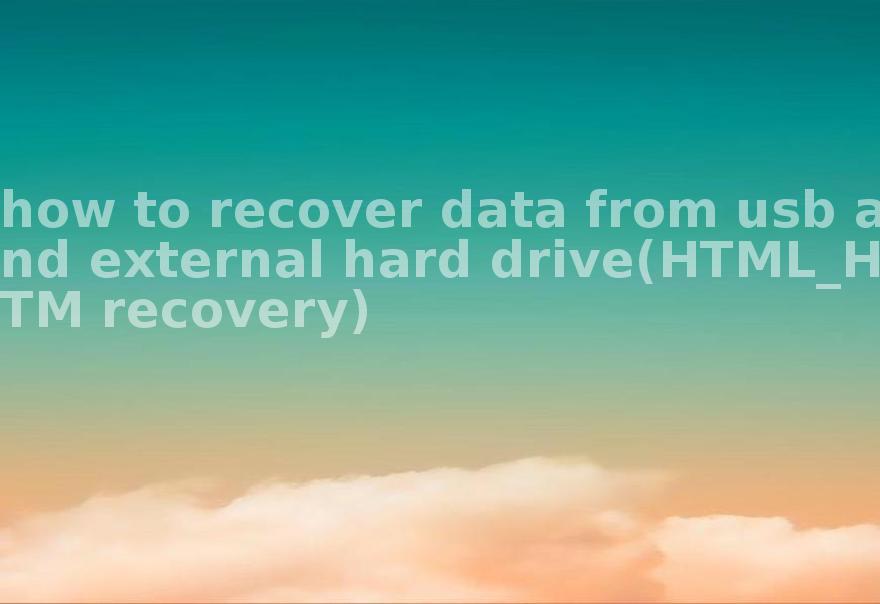
4. Audios: MP3, WAV, FLAC, etc.
5. Archives: ZIP, RAR, 7Z, etc.
Part V: Related FAQ
Question: Can I recover the HTML or HTM files if the USB or external hard drive is physically damaged?
Answer: In case of physical damage, data recovery becomes more complicated. You may need professional data recovery services to retrieve the HTML or HTM files from a physically damaged drive. These services involve specialized techniques to recover data from damaged hardware components.


